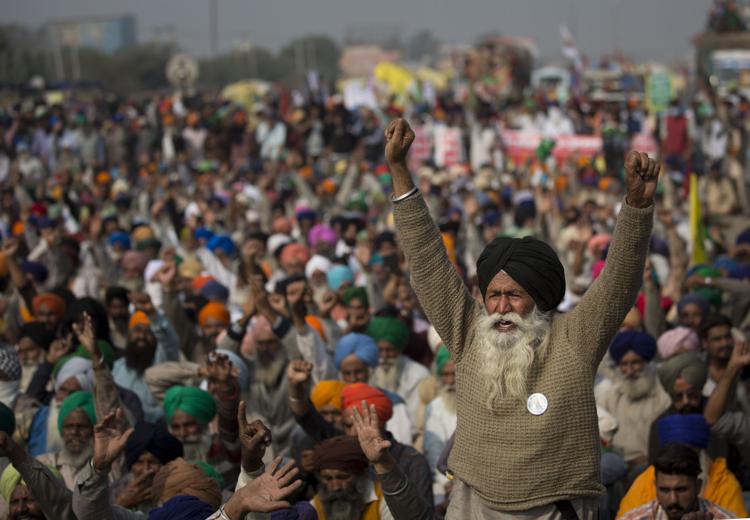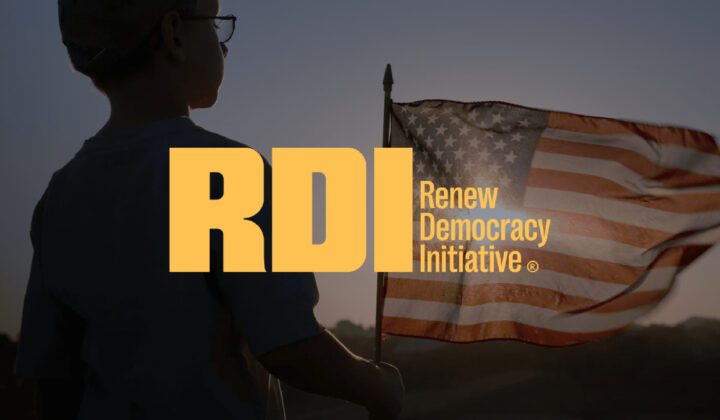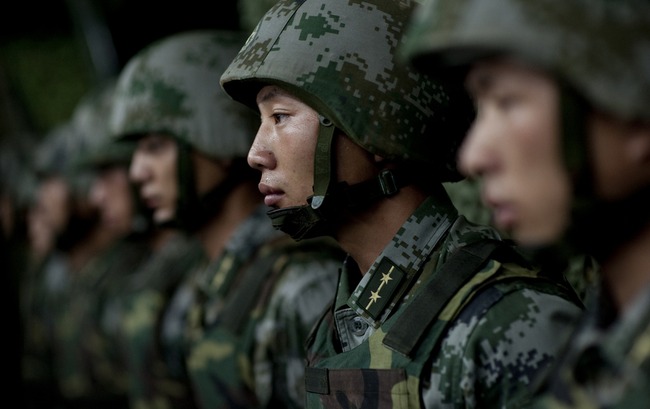Using tractors, trucks, makeshift tents and large boulders, tens of thousands of farmers blockaded major highways across India on Saturday, protesting new market reforms they believe will destabilize their livelihoods. The market reforms, passed in September, loosen regulations around the sale of crops and allow private buyers greater freedom to participate in the agricultural marketplace. The Modi government has argued that this move will raise farmers’ incomes and modernize the industry. Farmers disagree, asserting that over the long-term, new corporate buyers will erode government-backed price supports.
Saturday’s events were just the latest in a long-standing and growing protest movement amongst India’s farmers, who represent almost 60% of India’s population, or about 750 million people. Though reasonable actors can have differing opinions on the efficacy of the farm reforms, the key story is how these differences have been dealt with by the authorities.
1. How exactly did India’s government respond?
Modi’s government has responded to the farmers’ protests with a series of harsh and illiberal measures, fueling concern for the future of civil liberties in Asia’s largest democracy.
After a rally turned violent on January 26th, authorities blocked internet access across several districts bordering the nation’s capital. Officials claimed the move was “in the interest of maintaining public safety.” Critics assert that broad, long-lasting internet outages aim to prevent organizing, thus allowing the government to monopolize the media narrative on the protests. Despite government assurances, connectivity still has not been restored.
In the wake of recent demonstrations, censorship in India is once again on the rise. Police arrested eight reporters covering the January 26th rally on baseless charges. Another journalist was criminally charged for simply tweeting an article questioning government claims about a protester who had died.
On February 1st, Twitter temporarily suspended a large number of accounts linked to the protest movement, acting at the behest of Modi’s government. Though the social media company soon reversed course, its initial acquiescence raised fears for the future of free speech in India.
2. What can Modi’s response tell us about the future of Indian Democracy?
Internet outages and arbitrary arrests following the farmer protests were just the most recent in a series of illiberal policies under Modi’s rule. In 2020, the government caused deliberate internet outages 69 times, mostly in response to protests and opposition activity. The longest such outage occurred after protests in the disputed territory of Kashmir, where internet usage was completely blocked for 552 days.
Modi and his party, the Hindu nationalist BJP, have also increasingly targeted India’s large Muslim minority. In 2019, the government passed new citizenship laws that expressly discriminated against Muslim immigrants to India. Muslim citizens who lacked proper documents to prove their birthplace were similarly left off citizenship lists and put at risk of deportation and statelessness. That same year, thousands of Kashmiris were arrested without cause and held under “preventative detention” after India weakened the political status of the Muslim-majority territory.
Immediate action is necessary to protect the civil liberties of protestors and minorities in India. Potential pro-democracy reforms include repealing colonial-era sedition laws, reining in the Public Safety Act that allows for broad preventive detentions, and passing stricter legislation to curtail the use of indiscriminate network outages.
India must address protests and political opposition without resorting to further suppression or violence. The largest democracy in the world is at stake.





